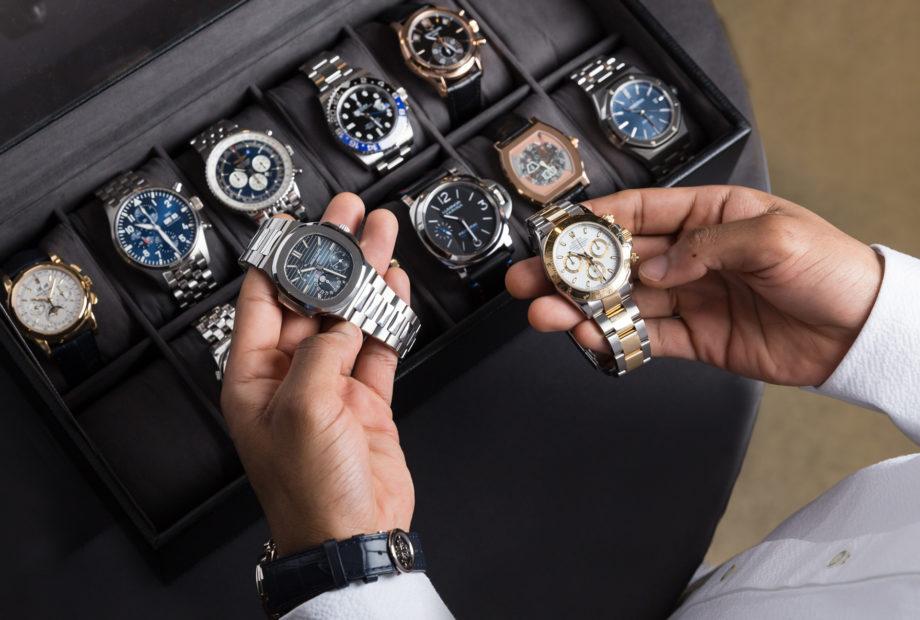It’s a rapidly expanding market, even in regions such as Asia where the idea of buying a second-hand watch would previously have been met with disdain. As with customer service, the numbers cannot be ignored. “Every year approximately $50 billion in new watches is sold at retail,” says Danny Govberg, co-founder and CEO of WatchBox, the leading seller of certified pre-owned watches. “This means that ten years from now, there will be $500 billion in potentially saleable pre-owned watches.” No worries about supply, then, and as demand takes off, particularly among young shoppers who take an increasingly circumspect view of the market’s distortions, the indications are that the pre-owned market is set to thrive. With annual growth currently estimated at between 5% and 10%, the secondary market is expected to meet the market for new watches in the very near future.
Who sets the price?
One of those distortions, the result of the slide in sales experienced by some brands, has been a build-up of inventory. Manufacturers have bought back part of this unsold stock, at a cost of millions, to be destroyed or recycled. Inevitably, some of it ends up fuelling the grey market. The matter hasn’t escaped James Dowling, a renowned collector and expert who shared his experience during a Dubai Watch Week discussion: “The situation today reminds me of what happened around the time of the quartz crisis. Electronic watches certainly played a part in the enormous difficulties that plagued the Swiss watch industry over a decade, but there is another rarely mentioned factor we should take into account, and that is President Richard Nixon’s decision in 1971 to end the Bretton Woods system of fixed exchange rates and let the dollar float. Overnight, Swiss watches became unaffordable in the United States, a crucial market for brands. This is exactly what’s happening today. Watches no longer have a fixed price. It’s the market, not the manufacturer, that sets the price!”.
